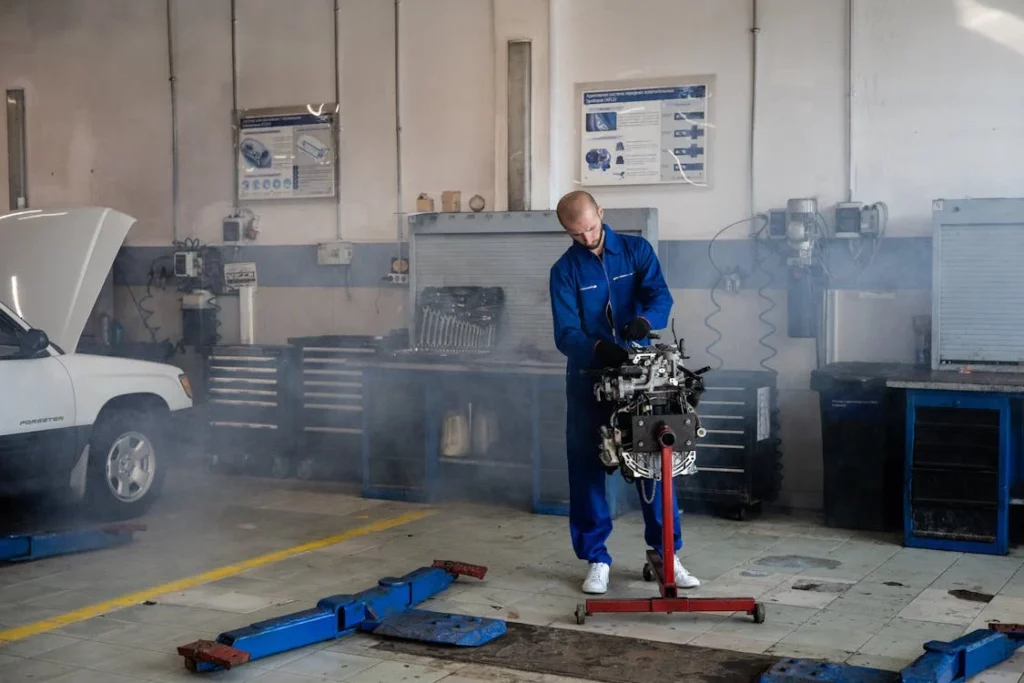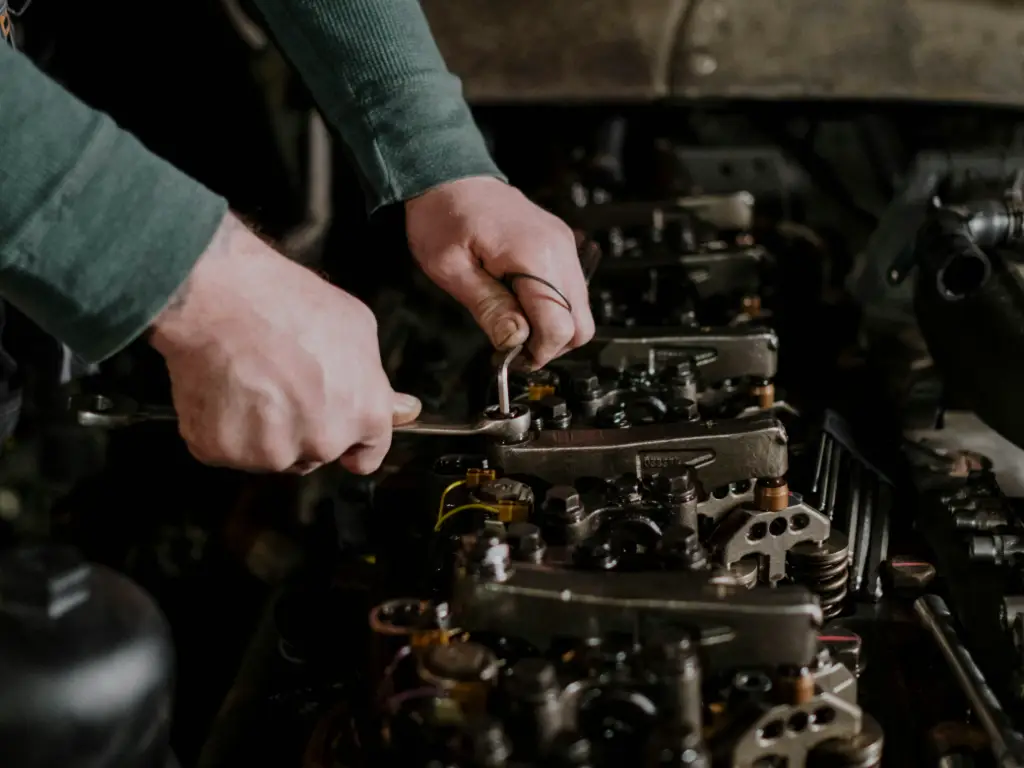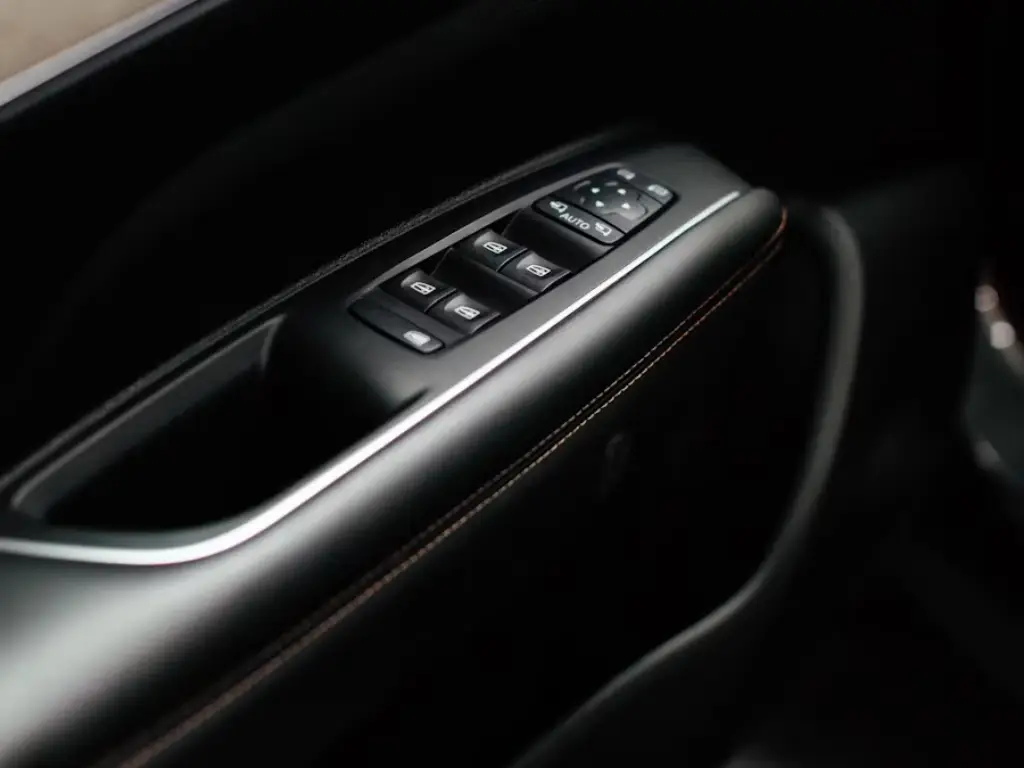When your car needs repairs, the first instinct might be to go straight to the dealership. But have you ever wondered if there’s a more cost-effective option? Choosing between OEM and non OEM car parts is a decision many drivers face. Both options have their pros and cons, but understanding the difference can help you make the right choice for your vehicle. In this ultimate guide, we will break down their benefits, drawbacks, and what to consider when deciding which option best suits your vehicle’s needs.

What Are OEM Auto Parts?

OEM auto parts are components made by the original manufacturer of the vehicle. These parts are identical to the ones installed when the vehicle was first assembled. OEM replacement car parts are often preferred because they maintain the original performance and safety standards set by the manufacturer. Whether it’s an engine part, brake component, or exterior piece, these parts are intended to restore your vehicle to its factory condition.
What Does OEM Stand for in Auto Parts?
OEM stands for “Original Equipment Manufacturer.” It implies that the parts are produced by the same company that built the original components for the vehicle. These parts uphold the highest standards, meeting rigorous testing and quality benchmarks. The term conveys trust and authenticity, emphasizing that the parts are designed specifically for the vehicle model and meet the automaker’s stringent requirements.
Beyond its name, it also represents some specific characteristics of OEM auto parts. Let’s take a look.
Well-Fit Design for Specific Model
OEM replacement car parts are engineered to match the exact specifications of a vehicle. UM 2020 survey by the Auto Care Association showed that 78% of mechanics reported fewer installation issues with OEM parts. When replacing a bumper or engine component, these parts seamlessly align with existing systems, preventing the misalignment often seen with non-OEM parts. This precise fit reduces the need for modifications, ensuring better performance and longevity of the vehicle’s systems.
Wear and Tear Resistance
OEM replacement car parts are built with high-grade materials that match the durability of the original parts. A study by Consumer Reports revealed that vehicles using OEM parts experienced 30% less frequent repairs over five years than those using aftermarket parts. Parts like OEM brake pads, made to withstand consistent wear, ensure that your car maintains its original resilience against daily driving stresses and environmental factors like heat, umidade, and friction.
Custo mais alto
OEM parts often come with a premium price tag. According to a report by Kelley Blue Book, OEM parts can cost 60% more than non-OEM alternatives due to the specialized manufacturing process and direct association with the vehicle’s brand. Por exemplo, an OEM alternator for a mid-size sedan may cost around $400, while a non-OEM version could be priced at $250. This price difference is one of the key considerations for budget-conscious drivers.
Limited Availability
Since the vehicle’s original manufacturer produces OEM replacement car parts, availability can be limited. Em geral, 15% of drivers experienced repair delays due to waiting for OEM parts, especially for older or discontinued models. Dealerships often need to order parts directly from the manufacturer, which can increase repair times, particularly if the vehicle is rare or no longer in production.
Garantia de garantia
OEM parts frequently come with warranties that offer peace of mind. Many automakers provide a 12-month or 12,000-mile warranty on OEM replacement car parts, covering defects and malfunctions. A report by Edmunds found that 90% of OEM parts purchased through dealerships were backed by manufacturer warranties, compared to just 45% of non-OEM parts. This warranty coverage ensures that any failures due to manufacturing issues are addressed without additional cost, offering long-term protection.
What Are Non OEM Auto Parts?

Non-OEM parts, also known as aftermarket parts, are manufactured by third-party companies. These companies produce parts that can fit a variety of vehicle models, offering a broader selection of components at lower prices. While they don’t come from the vehicle’s original manufacturer, non-OEM parts can still meet quality standards and offer reliable performance.
What Are the Characteristics of Non OEM Auto Parts?
Non-OEM parts are designed to replicate the function of OEM components, though they may differ in material quality, ajustar, e durabilidade. Due to their third-party production, non-OEM parts are often available in a wider range of options, from basic, budget-friendly alternatives to high-performance upgrades. Here are their pros and cons.
Fit for Various Models
Non-OEM parts are typically designed to fit multiple car models. Tipicamente, over 70% of aftermarket parts are compatible across several vehicle brands, from sedans to SUVs. This universal compatibility means that drivers don’t need to hunt for a part specific to their vehicle’s make and model. While this flexibility offers convenience, it can sometimes result in slight adjustments during installation due to the lack of precision in design.
Wide Availability
Non-OEM parts are mass-produced by a variety of manufacturers, resulting in their easy accessibility. A study by the Specialty Equipment Market Association (SEMA) found that 85% of aftermarket parts are readily available at local auto shops or online marketplaces, cutting down repair times. Whether it’s for common models or less popular ones, non-OEM components are stocked in larger volumes, ensuring drivers can find what they need without the delays often associated with OEM parts.
Cost Effectiveness
Non-OEM parts are often more affordable than their OEM counterparts. Geralmente, non-OEM parts are typically 20% para 60% cheaper than OEM options, offering significant savings for drivers. A radiator for a common compact car can cost around $200 from an aftermarket manufacturer, compared to $400 for an OEM version. This price difference can be particularly helpful for older vehicles where spending more on original parts may not be economically justified.
Same Performance as the Original Parts
When asking if are OEM parts as good as original parts, many drivers may be surprised to learn that certain non-OEM parts can match the performance of their OEM counterparts. A study by the Insurance Institute for Highway Safety (IIHS) showed that 90% of high-quality aftermarket parts matched the performance of OEM parts in crash safety tests. Reputable auto part suppliers and brands often adhere to strict industry standards, providing the same level of durability, segurança, and functionality as the original.
A Chart of Differences Between OEM vs Non-OEM Car Parts
You may find yourself torn between OEM and non-OEM car parts when it’s time for repairs. To make a clear distinction, here is a chart highlighting the key differences between these two options.
| Aspect | OEM Parts | Non-OEM Parts |
| Fabricante | Vehicle’s original manufacturer | Third-party companies |
| Fit | Perfect for specific models | Universal for various models |
| Custo | Higher | Mais baixo |
| Disponibilidade | Limitado | Widely available |
| Garantia | Often included | May or may not include a warranty |
| Desempenho | Guaranteed original performance | Can vary depending on the manufacturer |
| Durabilidade | Alto | Can vary |
Are Non OEM Parts as Good and Safe as OEM?

Não, it depends on quality, segurança, and overall value.
Qualidade e desempenho
OEM parts are designed and produced by the vehicle’s manufacturer, ensuring they meet specific quality standards and performance metrics. They typically come with warranties and are guaranteed to fit perfectly with the vehicle. Non-OEM parts can vary greatly in quality. Some aftermarket options are high-quality alternatives, offering similar or even improved performance, while others may compromise on material or craftsmanship.
Safety Concerns
Safety is paramount. OEM parts often undergo rigorous testing to ensure they meet safety regulations and standards. Non-OEM parts may not always adhere to the same level of scrutiny, potentially leading to safety issues, especially in critical components like brakes or suspension systems. It’s essential to research the reputation of any aftermarket part manufacturer.
Cost Considerations
Non-OEM parts usually come at a lower price point, which can be tempting for budget-conscious consumers. No entanto, this cost-saving might be offset by the potential need for more frequent replacements or repairs if the quality is lacking. Às vezes, spending a bit more on OEM parts can save money in the long run due to their durability and reliability.
Disponibilidade
Aftermarket parts can offer more options, especially for older or rare vehicles where OEM parts might be scarce. This flexibility can lead to better customization and upgrades, but it’s essential to choose reputable brands to ensure quality.
Conclusão
No final do dia, the decision between OEM and non OEM car parts boils down to your priorities—cost, availability, and performance. While OEM parts offer reliability, non-OEM parts can often provide equal value at a better price. Então, you can choose wisely and drive with confidence according to your needs.
Perguntas frequentes
Q1: What Does Aftermarket Car Parts Mean?
Aftermarket car parts refer to any parts made by companies other than the vehicle’s original manufacturer. These parts are produced to replace damaged or worn components and are often designed to fit multiple vehicle models, offering more variety and lower costs than OEM parts.
Q2: Do Non-OEM Parts Void Warranty?
In most cases, non-OEM parts do not void a vehicle’s warranty. No entanto, if the non-OEM part directly causes damage to the vehicle or results in performance issues, the warranty may not cover the repairs. It’s essential to check the terms of the vehicle’s warranty and ensure that the non-OEM part is compatible with the vehicle before installation.

























